A bad ignition switch can be an overlooked problem if you can't start your
car. Fortunately, you can get around issues with the ignition system.
You can hotwire specific older car models to bypass the ignition
switch. Others can be started using a jumper link method. A bad
steering wheel lock can be drilled out and turned with a screwdriver.
Here's a guide to getting around a bad ignition switch and how to diagnose
an ignition system problem.
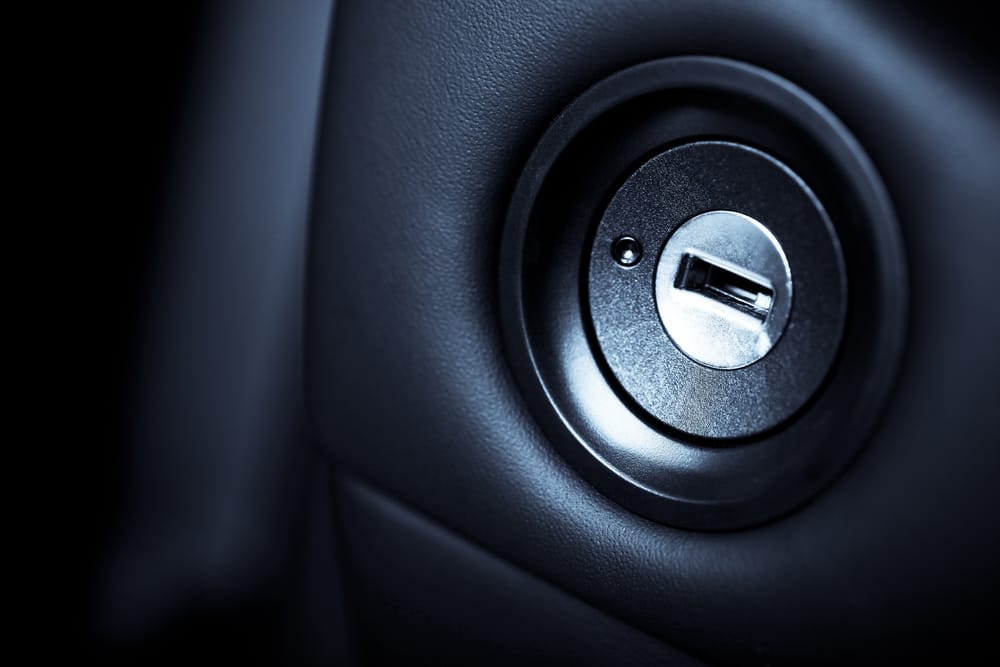 A bad ignition switch can prevent a car from starting.
A bad ignition switch can prevent a car from starting.
How Do You Bypass A Bad Ignition Switch?
If you have figured out that your problem is a broken ignition switch,
there are a few methods that you can use to get your car started.
Depending on your vehicle, one of these methods should work to bypass the
ignition switch.
Hotwiring
As you may have seen in the movies or on tv, hotwiring starts your car by
bypassing the ignition switch.
Unfortunately, this method only works on older vehicles. This is because
most cars made after the year 2000 have a different type of ignition system
that prevents hotwiring.
If you have an older vehicle, you're still in luck.
The first step to hotwiring your vehicle is to locate and remove the
plastic cover over your steering wheel column. This cover often called a
clamshell, will have a few small screws that hold it in place.
After removing the steering wheel cover, you must locate the ignition
switch wiring harness connector.
This will contain a small bundle of multi-colored wires, each controlling a
different function for your ignition and electrical components.
You must identify the wires that control your battery, starter, and
ignition.
The red wires are for the battery, the yellow and brown wires are for
ignition, and the starter wire is usually green.
Strip around an inch of insulation from the red wires and twist them
together. Then strip the same insulation from the ignition wiring and twist
it onto the battery wires.
At this point, you should see your dashboard lights start working. This is
a sign that your wires are connected correctly.
Then, strip a half inch or so of insulation from the starter wire and touch
it to the twisted bundle of the battery and ignition wires.
This should cause your starter motor to work as if you were to turn the
key.
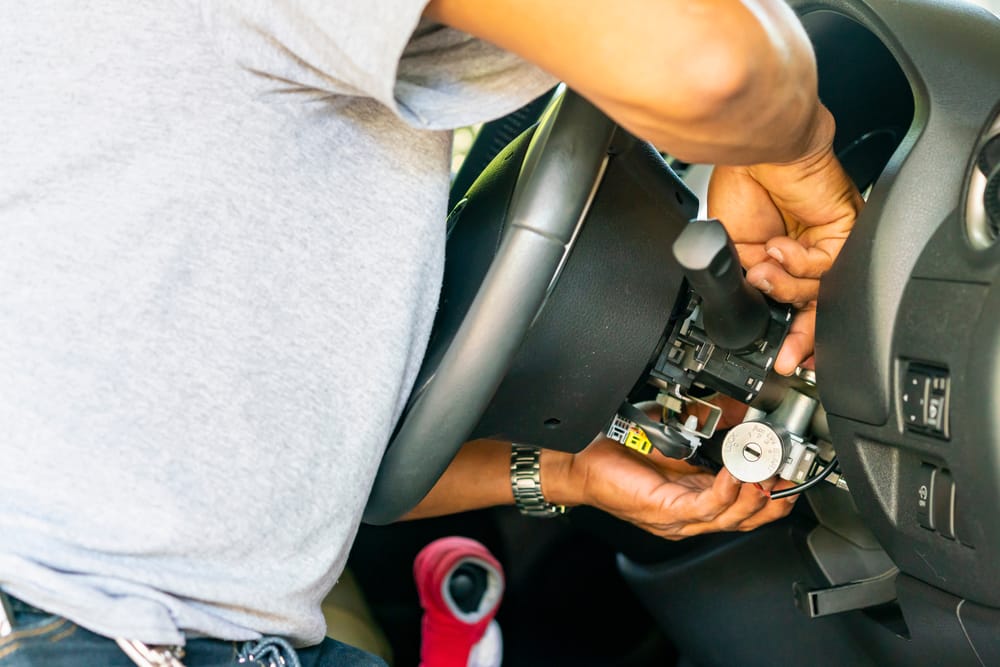 A mechanic repairing an ignition cylinder.
A mechanic repairing an ignition cylinder.
Jumper Links
Another method to bypass the ignition switch is using a jumper cable to
send the battery voltage directly to the starter and ignition coil.
This method is preferred for modern cars that can't be hotwired.
The first step in this process is to locate the ignition coil for your
vehicle and connect the positive lead of the coil to the positive battery
terminal using a jumper cable or length of jumper wire.
This will energize your ignition system so your spark plugs will fire when
the starter motor is activated.
Once the ignition coil is connected to the battery, locate the starter
solenoid. This solenoid is almost always attached to the body of the
starter itself.
Connect the lead terminal of the starter solenoid to the positive terminal
with a jumper cable.
Once the starter solenoid is connected to the battery, you have to use a
screwdriver to bridge the terminals of the solenoid.
Touch the blade of the screwdriver to both of the terminals at the same
time, and the starter motor should activate.
Stay clear of the engine once this happens since it should start your car.
The Drill and Screwdriver
A last-ditch method to deal with a broken ignition cylinder and start your
car is to drill out the cylinder and turn the ignition with a screwdriver.
This will permanently damage your ignition cylinder, so you should only use
this method if you know that the cylinder and ignition switch is the
problem.
Using a drill with a small bit around the size of your car key, position
the drill bit where you typically insert your car key.
Slowly drill into the ignition cylinder up to the length of your car key.
Don't drill any further than this, or you could damage other components
inside your steering column.
Once this hole is drilled out, insert a flathead screwdriver into the hole
and twist in the direction you would turn the key.
This should have the same effect as turning the car key and should activate
the car's ignition switch.
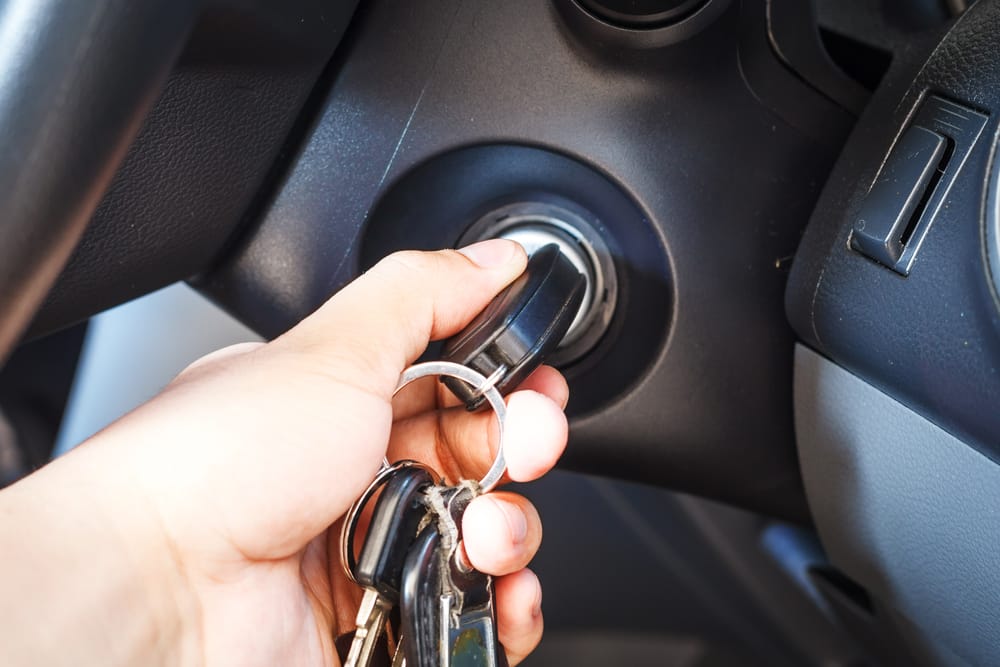 A faulty ignition switch can be hard to turn.
A faulty ignition switch can be hard to turn.
What Are The Signs Of A Bad Ignition Switch?
Since a faulty ignition switch can show some of the same symptoms as a
failing starter motor or bad battery, it can be tough to troubleshoot the
ignition switch.
You can watch out for a few signs that may let you know that you have a bad
ignition switch.
A loose ignition lock cylinder is one sign. If your key doesn't fit in your
cylinder, you may have a problem with the ignition switch.
This also applies if you have difficulty when you try to turn the key or if
you notice that something feels broken inside the key cylinder.
Another issue to watch out for is problems with your vehicle's electrical
systems.
Since the ignition switch connects to your car's electrical system, it can
cause problems with specific components if it goes bad.
A bad ignition switch could be to blame if you have problems with your
radio or power windows, headlights, interior lights, or wipers.
How To Test Ignition Switch?
There are a few different methods to test the function of the ignition
switch.
Test Voltage With Multimeter
One method is to test voltage from the switch's power feed wire using a
digital multimeter.
This will show whether or not there is power at the switch itself.
After removing the steering wheel cover, set the reading for your
multimeter to 20 DC volts.
Ground the black negative probe to any metal surface close to the ignition
switch. This could include a metal screw or the car's body (if your probe
will reach that far).
With the key in the "run" position, touch the red positive probe to any of
the metal connectors on the back of the ignition switch, opposite where
each wire lead is connected.
This should give you a reading around the standard voltage for your
battery, around 12 DC volts. If you have a reading close to this, your
ignition switch is getting normal power.
A reading much lower than 12 volts means that your ignition switch isn't
being appropriately powered, which is a sign that you have a faulty switch.
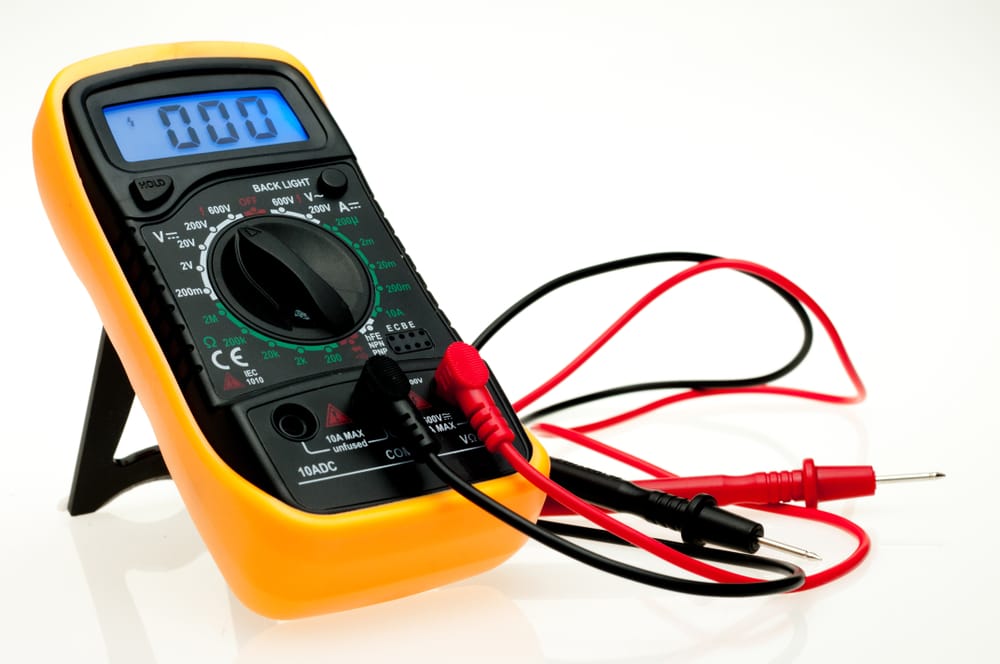 A multimeter can be used for testing an ignition switch.
A multimeter can be used for testing an ignition switch.
Test Spark Plugs
Another method involves using a test spark plug to check for a good spark
when cranking.
Remove the ignition coil from one of your plugs and plug a test plug into
the coil boot. Next, touch the metal end of the spark plug to a metal
surface on your engine to ground the plug.
Now have a helper attempt to crank your vehicle, and watch the end of the
spark plug.
If you see the plug sparking while the car is trying to crank, your
ignition switch is good.
A lack of spark will indicate a faulty ignition switch.
Don't let your vehicle run if it does crank; it will misfire with the
ignition coil off of the spark plug. Instead, remove the test plug and plug
the coil boot back into the spark plug in your engine.
Test Ignition Switch For Continuity
Another effective method is to use your digital multimeter to test the
ignition switch for electrical continuity.
Continuity is the reading of whether an electrical circuit has resistance,
which indicates that the circuit is working correctly.
Set your multimeter to the resistance or ohm test setting to test this.
The resistance setting will look like an omega symbol if it doesn't have
any other marking to indicate this setting.
With the steering wheel cover removed, locate the terminal connections on
the back of the ignition switch. There are usually five terminals that
correspond with each function of the switch.
Each of these terminals will have continuity with another terminal
depending on the position of your key on the ignition switch.
The way to test each of these connections is complicated to explain, but if
you have access to a service manual, it should explain which connectors to
test at which switch position.
If you want a more straightforward explanation of this process in video
form, a quick search on Youtube should bring up videos explaining this
process in a way that's easy to follow.
How Do I Know If My Starter Or Ignition Switch Is Bad?
If you have tested the above methods for your ignition switch and all
checks have passed the test, your problem may be the starter rather than
the ignition switch.
You can use the same multimeter you tested your ignition switch with to
test the voltage reading at your starter.
You should again set the multimeter to the 20 DC volt test setting.
With the key in the "run" position, ground your black test probe to a metal
surface near your starter.
Touch the red test probe to the positive terminal where the battery wire is
connected.
This reading should also be around 12 volts, indicating that the starter
motor is getting power from the battery.
If your starter is getting power but isn't activating correctly, you may
have a bad starter or starter solenoid.
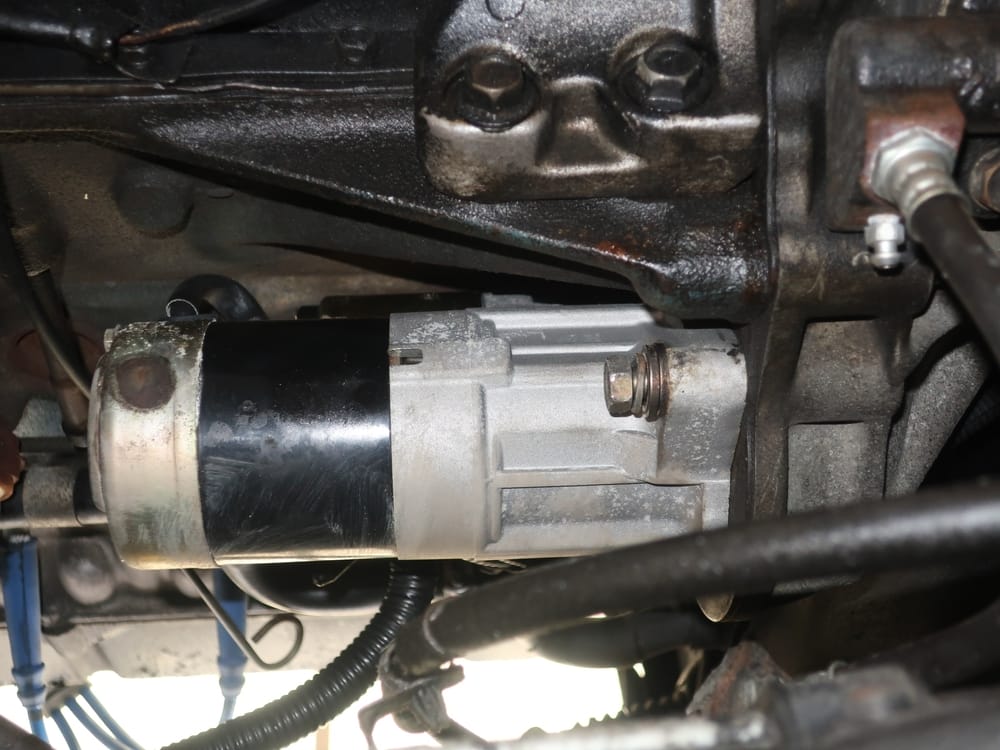 A newly installed alternator installed on a motor.
A newly installed alternator installed on a motor.
Will A Bad Ignition Switch Drain A Battery?
The fact that the ignition switch directs power from your battery means
that it can drain current from the battery if it isn't working correctly.
A faulty ignition system may not completely shut off, even after removing
the key from the ignition cylinder.
This can slowly drain your battery over time without you realizing it's
happening!
How Much Does It Cost To Replace Ignition Switch?
As with all vehicle repairs, the cost of ignition switch problems will
depend on your vehicle and whether or not you repair yourself.
A car ignition switch usually costs less than $100 for the part itself,
especially for older cars.
If you have the knowledge and tools to replace the switch, you can complete
the repair for just the cost of the part.
If you need to have a mechanic replace the switch, the cost of labor and
parts will make the repair more expensive, usually between $150 and $250,
with all costs included.
Conclusion
The ignition system is essential to the function of your car since you
can't drive anywhere if your car doesn't crank.
Thankfully, there are ways to get around having a bad ignition switch and
keeping your car out on the road.